Villages closest to the moon

HIGH UP on the mountains, dal-dong-naes[1], shanty towns formed on the hillside during the 1950s and 1960s, reveal an unfamiliar face of Seoul. To most people, Seoul brings to mind images of an urban city, characterized by magnificent skyscrapers, bustling streets, and dazzling night views. However, several dal-dong-naes still exist in parts of Seoul, forgotten by the people and hidden in plain sight. Dal-dong-naes, which literally translate to “moon villages,” got their name from the fact that they were built on hillsides, close to the moon[1]. Since the early 2010s, the Seoul Metropolitan government redeveloped most of the city’s dal-dong-naes, leaving only a couple of them underdeveloped[2]. The Yonsei Annals captured the last moments of Hongje-dong Ant Village, and Buk-jung Village, two of the few dal-dong-naes which still remain in Seoul.
Hongje-dong Ant Village
Hongje-dong Ant Village is just a ten-minute bus ride away from Hongje Station and is located right in front of the gate to Mt. Inwang. As the majority of the people living here are the elderly, there is a public bus—Seodaemun 07—that takes residents and visitors up the steep hill and all the way to the top of the village.
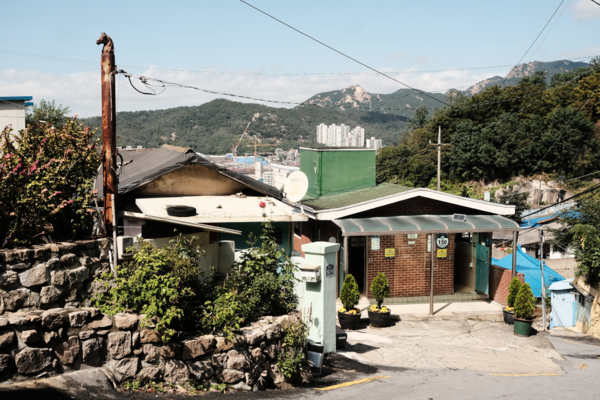
Hongje-dong Ant Village was originally called “Indian Town” but later changed to “Ant Village,” a village with people who work diligently like ants[3]. The village was founded in the early 1950s by Korean War refugees and is famous for being the filming location of the well-known movie, Miracle in Cell No.7[3]. Additionally, the village is known for having colorful murals, making the area popular amongst photographers. Having these murals painted on the wall was a part of government-run projects in 2009 that attempted to erase the negative stereotypes of dal-dong-naes; however, most murals are left faded and chipped as there have been no proper repairment projects since 2009[4].
Contrary to my expectations, many of the houses in the neighborhood had been renovated at least once. Because of this, the buildings were not characterized by a decaying eeriness but instead had a certain worn-out and inviting charm to them. Despite the houses having been refurbished, the murals painted on them were in dire need of touch-ups. The now-discolored artworks, neglected yet nostalgic, made me envision how lively and vibrant Ant Village must have been in the past. Even though the negative stereotypes around dal-dong-naes are slowly disappearing due to governmental efforts to enhance security in these areas, these villages are still commonly viewed as slums or sketchy places to visit alone[5]. However, the tranquility of the village and watching people go about their daily lives reminded me that dal-dong-naes are places where ordinary people live, just like any other parts of Seoul.

Buk-jung Village
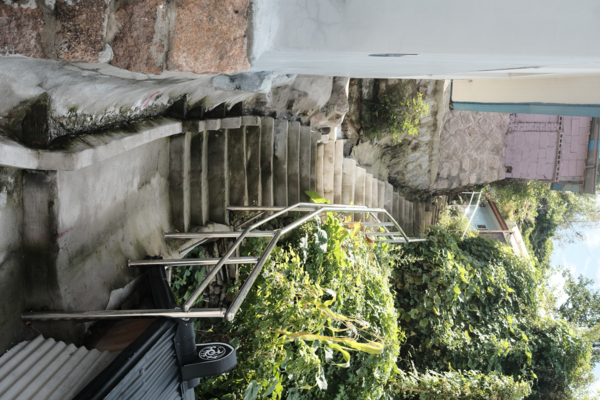
Buk-jung Village is the last remaining dal-dong-nae existing within the area encompassed by the four main gates of Joseon Dynasty Seoul—namely, Dong-dae-mun, Seo-dae-mun, Nam-dae-mun, and Buk-dae-mun[6]. Thus, you can find a fragment of the ancient Fortress Wall of Seoul stretching out from Buk-jung Village. Buk-jung Village has been standing since the Joseon Dynasty and became a dal-dong-nae when Korea rapidly industrialized in the early 1960s. During this period, there was a sharp influx of people moving to Seoul from smaller cities in Korea, and financially-challenged individuals had no option other than to live on the hillsides where rents were cheaper[7]. The village was named after a Korean word that describes a crowded scene—“buk juk buk juk[7]”—as the village was always full of people[6].
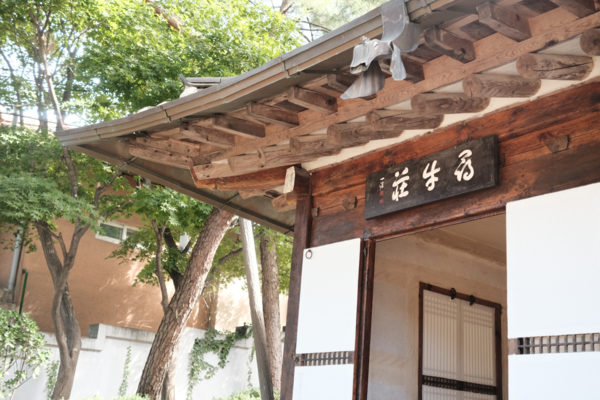
Buk-jung Village is famous for being the residence of Han Yong-un, a renowned poet and independence activist in the early 1900s[8]. Han Yong-un was one of the 33 activists who read out loud the Korean Declaration of Independence during the March 1st Movement in 1919. He intentionally built his house to face the northeast even though it is best to face the south for optimal sunlight, as Han did not want his house to face the direction of the Japanese General Government Building, which used to be situated in front of Gyungbukgong Palace[8]. On my visit to Buk-jung Village, I walked down a dark, narrow alley and several steep stairways to reach Shimwoojang. In Shimwoojang, visitors can read Han’s poems and learn about his achievements as an independence activist.
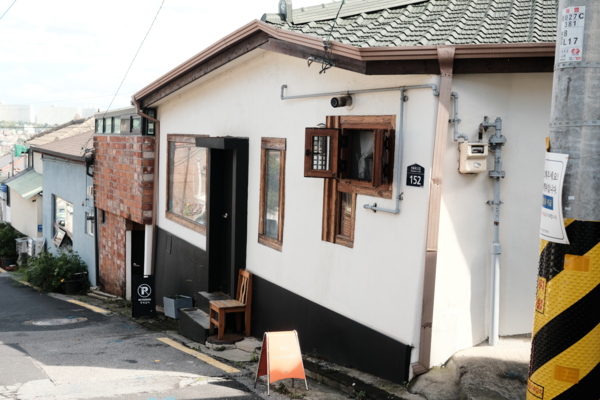
Unlike Hongje-dong Ant Village, where much of the resident population is comprised of older generations, many young artists and designers searching for a quiet, scenic workplace have been moving to Buk-jung Village since 2015[9]. Therefore, I was able to spot several newly-built design studios, small workshops, and art galleries in between the aging houses. The unique scene created by the balance of old and new showed Buk-jung Village’s historical past and potential future.
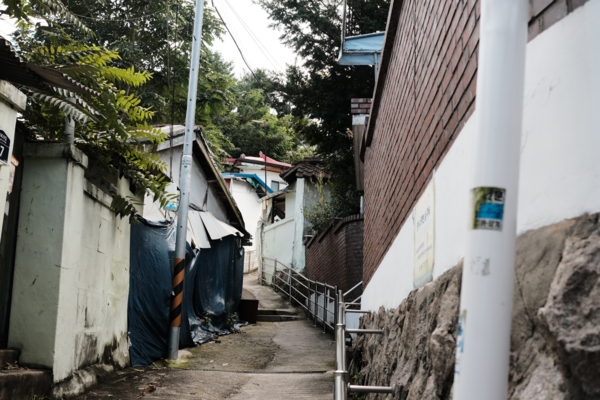
More than just a village
To South Koreans, dal-dong-naes mean a lot more than just neglected and yellowed shanty villages. While these small towns symbolize times of war and are unfortunate examples of the downsides to rapid industrialization, they also remind Koreans of the heartwarming culture of jeong[10], which helped them endure hard times together. This is why dal-dong-naes often trigger aching sentiments of nostalgia in Koreans. The emotional attachments people have for these villages are reflected in the recent craze for Joung Young-ju’s painting series on dal-dong-naes[11]. Last May, all of her dal-dong-nae pieces showcased at Art Basel Hong Kong were sold out, and 27 of her paintings were purchased by buyers even before her exhibition took place this August in Seoul[11]. As time passes by, the redevelopment of dal-dong-naes may be inevitable; however, a place of such historical and cultural significance to Koreans should be preserved for future generations, at least in the form of art.
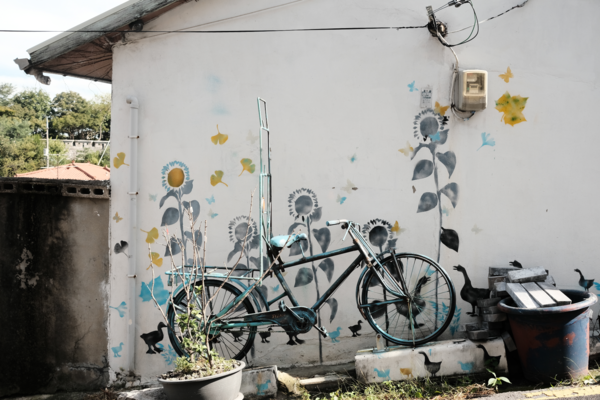
* * *
Capturing the last moments of Hongje-dong Ant Village and Buk-jung Village before the redevelopment allowed me to see dal-dong-naes through a new perspective. The dal-dong-naes, although worn-out in appearance, each had something valuable to offer: while Hongje-dong Ant Village showed how beautifying the neighborhood through arts and murals can erase the stereotypes built around dal-dong-naes, Buk-jung Village revealed how dal-dong-naes can be a place where the old and the new—a mingling of nostalgia and modernism—can uniquely, yet seamlessly, coexist.
[1] Maeil Business Newspaper
[2] Etoday
[3] Newsway
[4] JTBC
[5] News Korea
[6] The Kyunghyang Shinmun
[7] Buk juk buk juk: A Korean onomatopoeia that describes a crowded scene
[8] Yonhap News Agency
[9] TBS
[10] Jeong: A sense of attachment and affection between people who have seen each other for a long time
[11] KBS News

